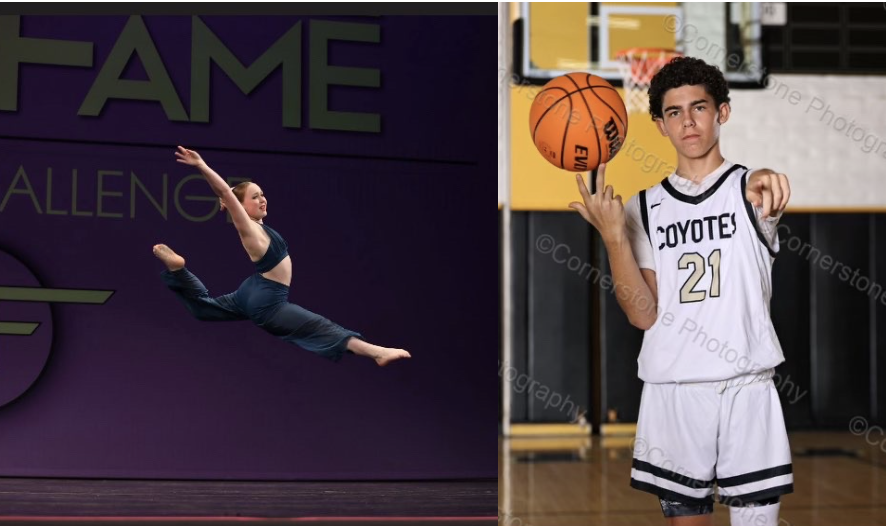The California Interscholastic Federation plans to make several major changes regarding student athlete transfer rules. In May of 2012, the State Federal Council will be considering CIF’s proposal.
Initially, the CIF rule stated that if athletes transfer schools, they must take a year off before participating in their new school’s athletic department. If approved, the new CIF proposal will establish a shorter sit-out period for student athletes who transfer schools without moving houses, as opposed to benching them for a full year. The student must sit out for a period of time before being allowed to play a varsity or junior varsity sport.
This allows students to participate at a varsity or junior varsity level for approximately the last six weeks of season at their new school. These students would be ineligible to compete on any high school varsity team until the following dates: Oct. 1, 2012, for fall sports, Dec. 31, 2012, for winter sports and April 1, 2013, for spring sports.
When we change rules we are looking out for the best interest of the kids,” said CIF Media Relations Officer Rebecca Brutlag. “The [rule change] will [give] kids more opportunities to play.”
Students transferring districts must go through an extensive permit process before starting at a new school. In the past, athletes have attempted to gain a hardship waiver to automatically transfer to another district. However, with the proposed plan, the majority of transfer students would be unable to receive the waiver, which allows students to gain immediate eligibility to play if their transfer was caused by a personal hardship. Three specific categories would be created: court-ordered transfers, children of divorced parents and individual safety incidents. Only student athletes with any of the above conditions would have the ability to file for a waiver.
“A student should have a legitimate reason for switching schools,” said freshman athlete Max Greene. “This new rule will help those who have a valid reason for transfer reach their full athletic potential.”
Those who are opposed to the change fear that more students will begin to make athletically motivated transfers. However, Bylaw 200 B of the CIF Constitution states that “students attend school to receive an education first; athletic participation is secondary.” Individual CIF Section Offices may limit student eligibility when there is evidence proving that the transfer or move was made to acquire athletic participation. •







